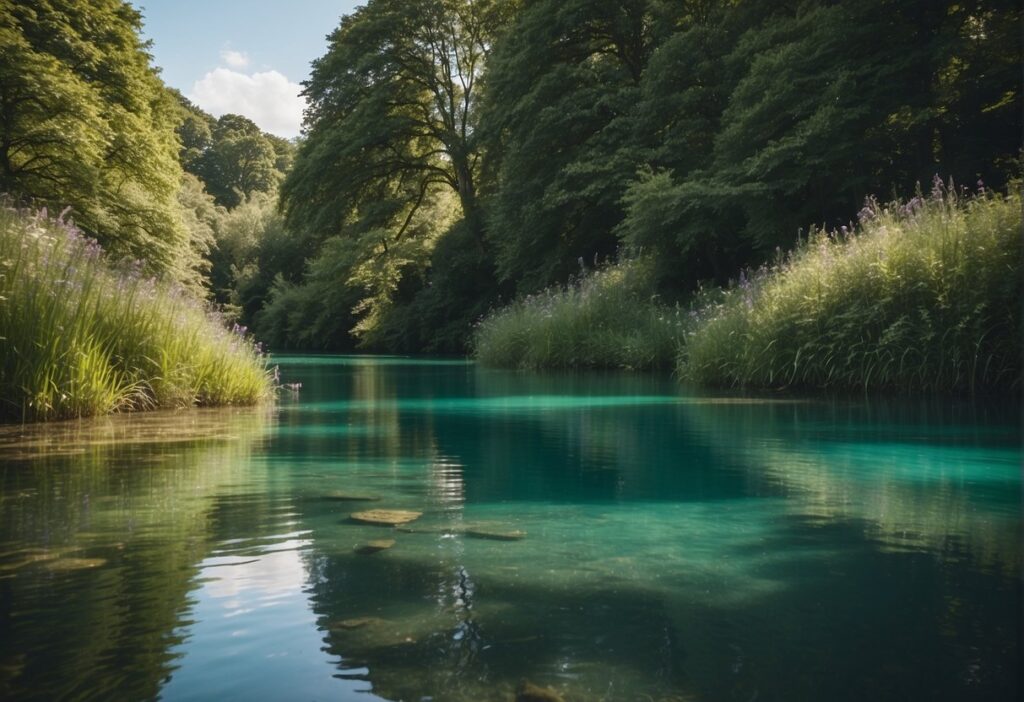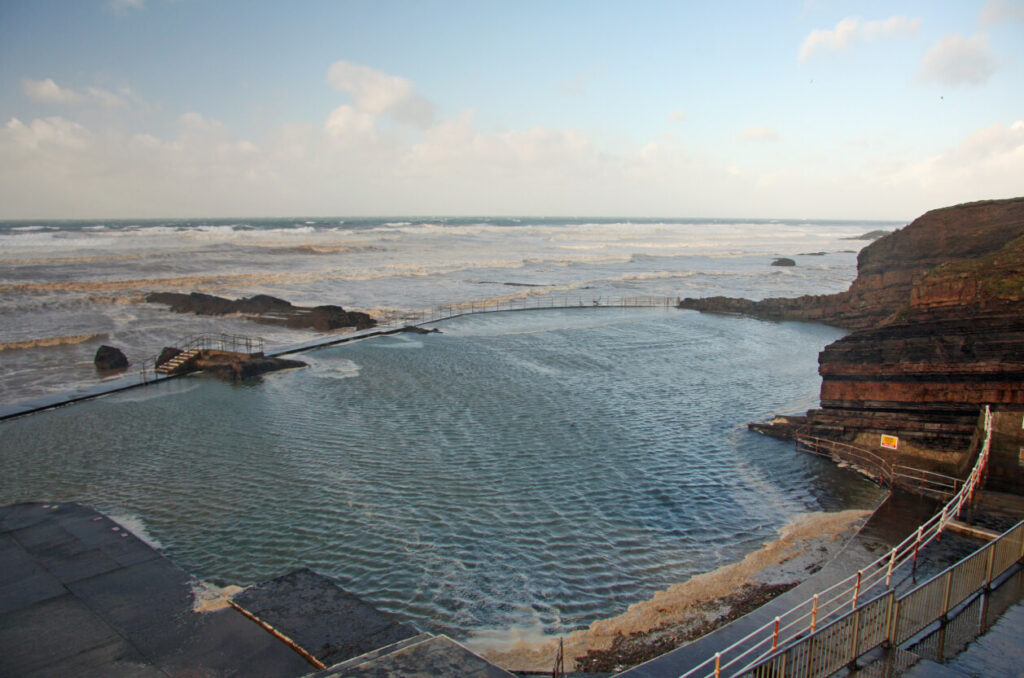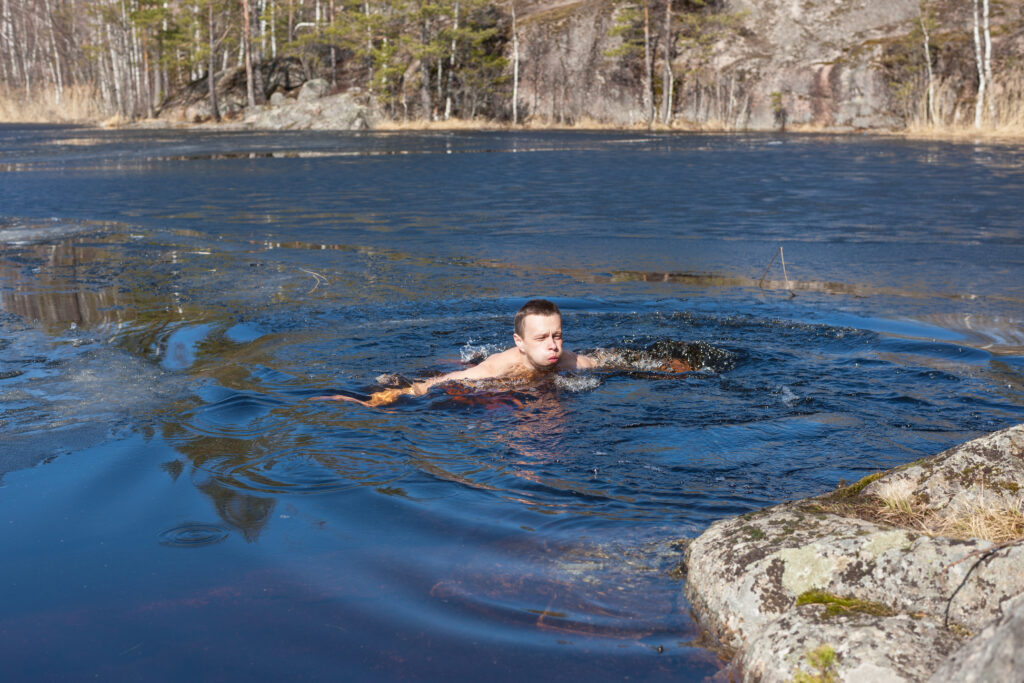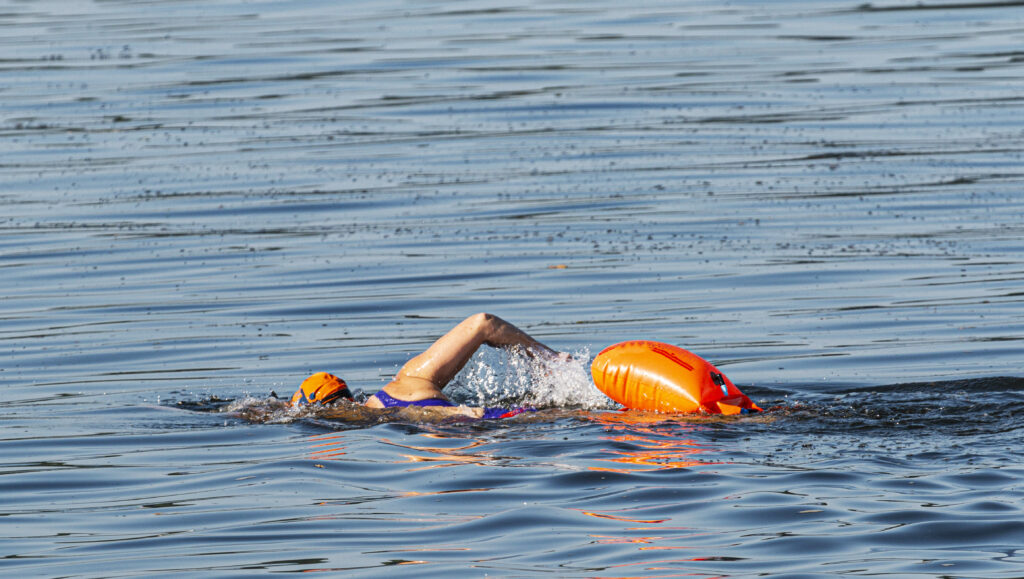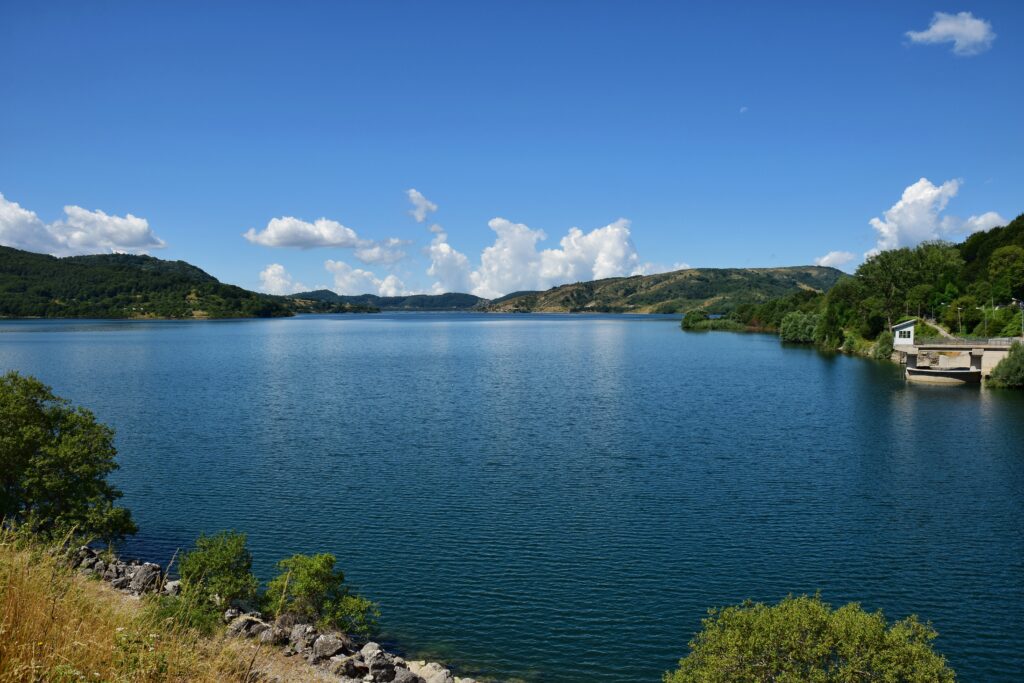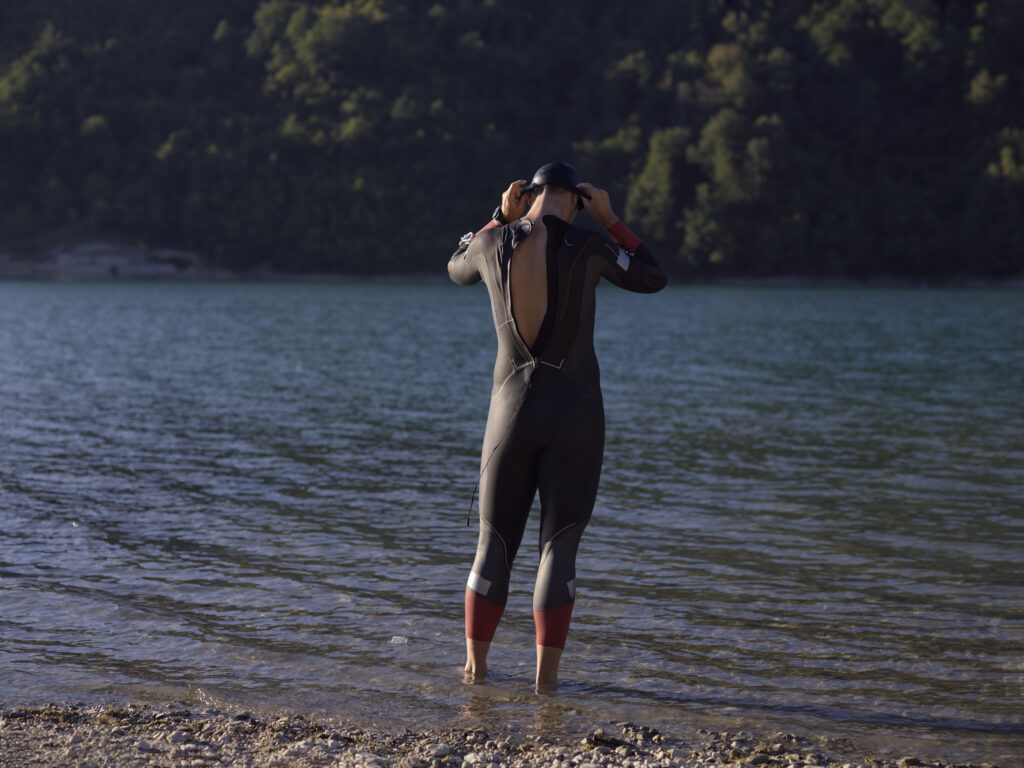Wild swimming has seen a surge in popularity across the UK, with enthusiasts seeking out the purest waters in picturesque locations. With a vast array of rivers and lakes to choose from, swimmers are often on the lookout for spots that not only offer a tranquil setting but also maintain high standards of water quality. Clean waters are crucial for the health and safety of swimmers, with factors such as chemical and biological ratings, as well as levels of phosphates and nitrates, influencing the suitability of a site for swimming.
A selection of rivers in the UK stand out for their exceptional cleanliness. These idyllic swimming spots, often nestled in scenic rural landscapes or hidden away in tranquil woodlands, invite swimmers to immerse themselves in the natural environment. Lakes and quarry pools, fed by natural springs, offer equally pristine conditions for those preferring still water. Beyond the immediate pleasure of swimming in such clear waters, these locations also reflect the success of conservation efforts, showcasing waters that have been preserved or restored to a high environmental standard.
In identifying the cleanest rivers and lakes for wild swimming, recommendations by wild swimming experts are invaluable. These individuals combine personal experience with a deep understanding of environmental factors to curate lists of top swimming locations, such as those found through resources like Countryfile.com. Additionally, data on water quality, including both chemical and biological assessments, can be accessed to ensure swimmers choose locations that meet health and safety standards, as advised by platforms specialising in wild swimming information.
Wild Swimming in the UK

The United Kingdom boasts numerous pristine locations for wild swimming, offering health benefits as well as leisure. It is imperative for enthusiasts to stay informed on safety and environmental guidelines to ensure an enjoyable experience.
Overview of Wild Swimming
Wild swimming in the UK encompasses a variety of natural water bodies, including rivers, lakes, and coastal areas where individuals can swim outside of managed facilities. Notable locations like Goldiggins quarry in Cornwall provide swimmers with clear, spring-fed waters in serene environments. Swimmers should conduct prior research on specific sites, as some areas may have strong currents or lower water quality, impacting the safety and enjoyment of the swim.
Benefits of Wild Swimming
Swimming in natural settings is not only a refreshing physical activity but also contributes positively to mental well-being. The act of wild swimming can be a tranquil experience, reducing stress and allowing closer connection with nature. It is suggested that activities like wild swimming have beneficial outcomes on one’s physical fitness and mental health, provided they are done responsibly and with respect for the environment.
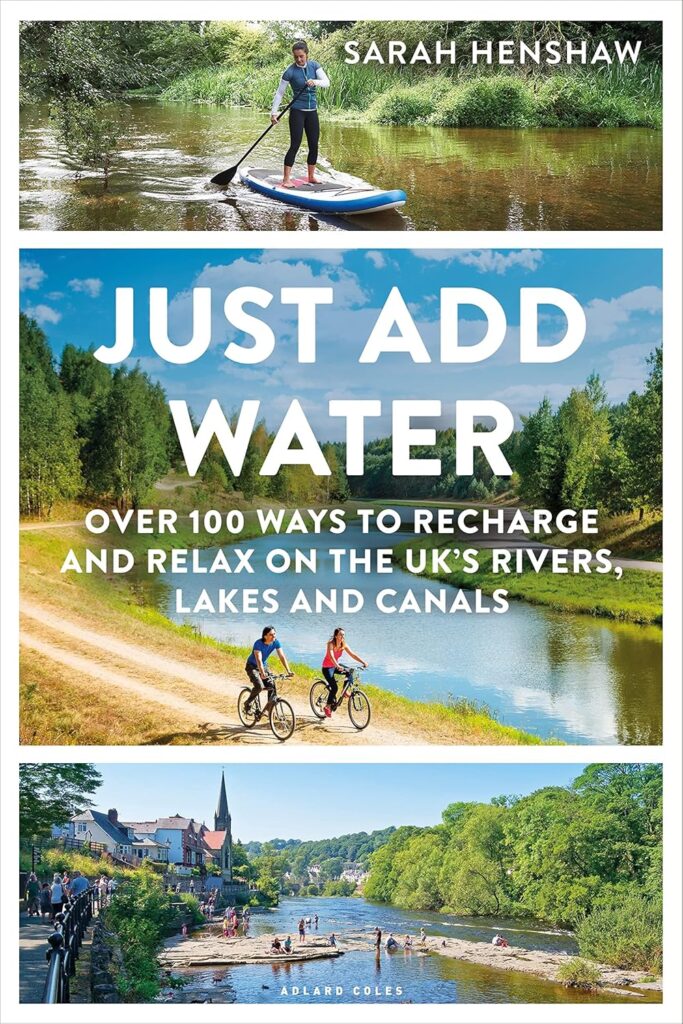
Key Considerations for Safety
Safety is paramount when participating in wild swimming. Swimmers should abide by the following guidelines:
- Always check the water quality before entering, as some water bodies may contain pollutants or harmful algae.
- Be mindful of local wildlife and habitats to maintain the ecosystem’s balance.
- Understand the location’s characteristics, including potential underwater hazards or variable depths.
- Never swim alone, and inform others of your plans.
- Heed any weather warnings and water temperatures to reduce the risk of hypothermia or sudden weather changes.
By following these protocols, wild swimming in the UK can be a safe and rewarding pursuit for enthusiasts of all levels.
Cleanest Lakes for Swimming in the UK

In seeking the purest waters for an invigorating dip, one must consider the water quality and scenic beauty of the lakes. The UK boasts several pristine lakes, known for their excellent water quality, thanks to regular assessments by the Environment Agency and respective local bodies.
Lake District Highlights
The Lake District is home to some of the most spectacular lakes in the UK. Windermere and Derwentwater stand out for their exceptional water quality. These lakes offer not only safe swimming environments but also breathtaking views of the surrounding fells. Visitors should note that while popular, these lakes maintain high standards of cleanliness.
Serene Lakes in Wales
Wales offers a range of serene lakes, with Llyn Padarn and Llyn Llydaw among the finest for outdoor swimming. The clear waters of these Welsh lakes are surrounded by the majestic Snowdonia National Park, ensuring that swimmers can enjoy peace and natural beauty, as well as the confidence of swimming in high-quality waters.
Hidden Gems in Scotland
Scotland’s lochs provide a rather unique wild swimming experience. Loch Morlich and Loch Lomond are renowned for their pristine conditions and are regularly monitored for safety. These Scottish hidden gems are enveloped by captivating landscapes, offering swimmers clean, cold waters amidst tranquil scenery.
Rivers with Exceptional Water Quality

In the realm of freshwater swimming, the UK boasts a handful of rivers renowned for their impeccable quality. These aquatic jewels offer swimmers clean and clear waters, significantly attributed to rigorous standards and conservation efforts.
Pristine Rivers in England
England is home to a select few rivers that stand out for their exceptional water quality. One such river is the River Wharfe at Ilkley, recognised as one of the few rivers with an official designation for swimming. Despite its designation, it’s critical to be aware that the Environment Agency has highlighted challenges with water quality across various sites during different conditions, such as after heavy rain which can cause pollutants including phosphates and bacteria from agricultural runoff to affect the clear waters.
Spotlight on Welsh Rivers
Wales, while smaller than neighbouring England, holds its own with pristine waters in several of its rivers. The Welsh rivers are less impacted by industrial and agricultural pollution, allowing for a much cleaner swimming experience. All river users are advised to check the latest updates from environmental bodies on the ecological status and presence of contaminants before taking a plunge.
Scotland’s Purest Rivers
Scotland is famous for its rugged landscapes and pure water bodies. The rivers here are generally in better standings regarding water quality, partly due to lower population density and the minimised agricultural pollution. Organisations such as the Scottish Environment Protection Agency monitor rivers to assess their river water quality and ensure they meet the standards for public use. Rivers in Scotland provide refreshing swimming opportunities for those looking for a dip in some of the UK’s cleanest waters.
Swimming in the Sea: Best Coastal Locations

The UK’s coastlines are treasured for their exceptional beauty and water quality, offering some of the finest sea swimming experiences. Here are the top coastal locations for those looking to dive into pristine, swimmable waters.
Coastal Beauty in Cornwall
Cornwall’s beaches are renowned for their crystal-clear waters and golden sands. Notably, Treyarnon Bay stands out as a leading destination for clean, coastal bathing waters. With its glistening seas, this beach is perfect for swimmers who value both water quality and scenic views.
Suffolk’s Sandy Beaches
Suffolk presents a stretch of inviting beaches characterised by soft, sandy shores and gentle waves, making it an ideal setting for swimmers of all ages. The county’s coastal waters are monitored for quality, ensuring safe and enjoyable sea swimming conditions throughout the summer months.
North Sea Escapes
The beaches along the North Sea may surprise visitors with their diverse landscapes, from rugged cliffs to sweeping sandy bays. The cooler waters provide a refreshing experience for sea swimming enthusiasts, with the added advantage of typically being less crowded than southern beaches.
Urban Swimming Spots

In the heart of bustling UK cities, there are serene swimming spots where locals and tourists alike can escape. These urban oases offer a refreshing dip right in the middle of city life.
Swim-friendly Spots in London
London boasts several swim-friendly locations that combine the convenience of city life with the tranquillity of outdoor swimming. One prominent spot is the Serpentine Lido in Hyde Park, which has been a favourite for swimmers since the 1930s. The lido is open to the public from June through September and offers a unique swimming experience surrounded by historic parkland.
It is important for swimmers in London to be mindful of water quality when choosing their spots. Organisations such as The Rivers Trust provide resources to check the cleanliness of local waterways.
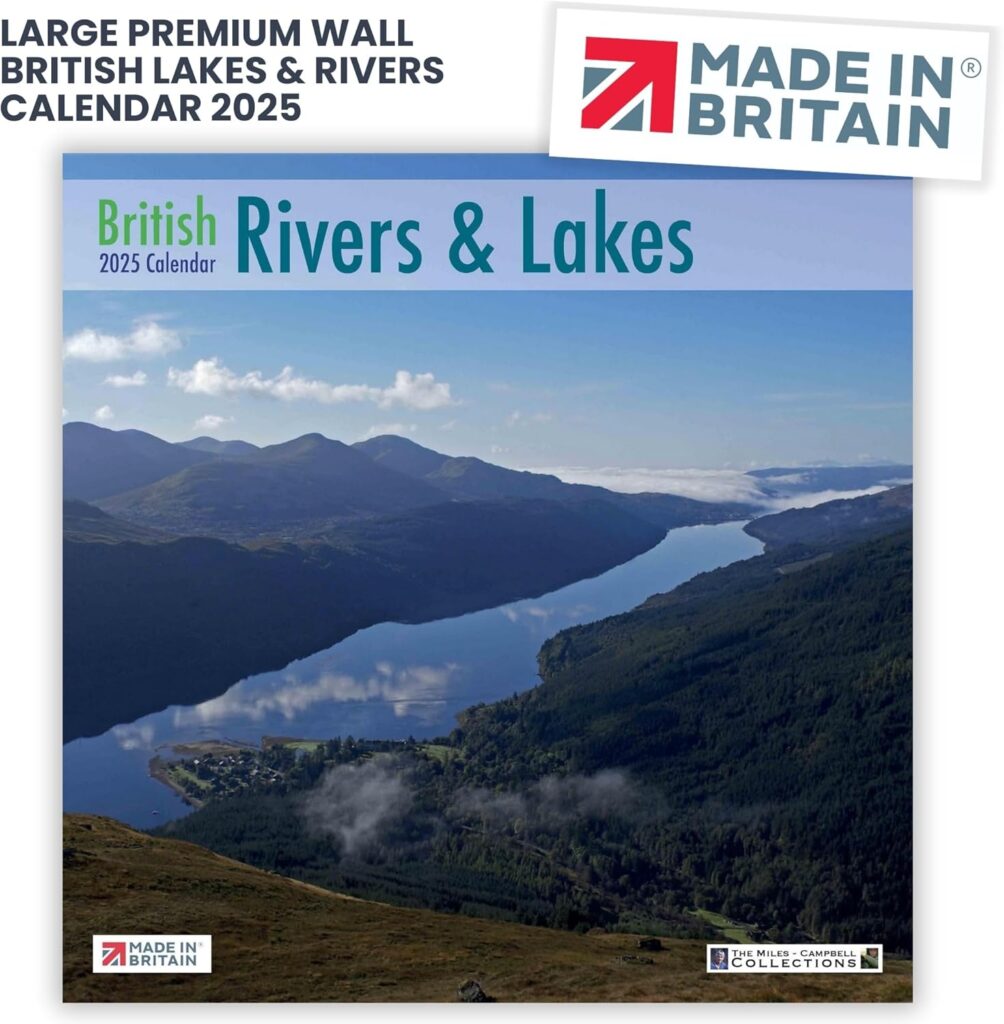
Metropolitan Water Ways
Beyond London, other cities like Oxford present remarkable swimming experiences. Port Meadow in Oxford is a cherished location for outdoor swimming enthusiasts. With its long history dating back to prehistoric times, this ancient area of grazing land by the River Thames invites swimmers to enjoy the natural beauty that has inspired countless poets and artists.
Swimming groups and clubs are integral parts of the UK’s urban swimming culture, offering safety in numbers and a shared love for the sport. They frequently meet at known spots to enjoy the camaraderie and refreshing waters together.
Urban swimming spots in the UK underscore a commitment to preserving the balance between city development and natural recreation areas. Swimmers are encouraged to respect these environments and contribute to keeping them clean and accessible for everyone.
Seasonal Considerations for Wild Swimming

Wild swimming in the UK offers unique experiences each season, with varying conditions that swimmers should consider for safety and enjoyment. Weather patterns and water temperatures can greatly impact the choice of wild swimming spots.
Summer Swimming Advice
During summer, swimmers flock to the UK’s rivers and lakes, looking for respite from the heat. Swimming spots like the clear waters of the Lake District or the tranquil stretches of the River Wye become popular. Swimmers should:
- Check water quality updates, especially after heavy rain which can affect cleanliness. Websites like The Rivers Trust provide information on sewage discharges.
- Stay hydrated and apply waterproof sunscreen to protect against the sun.
- Be alert to the higher number of recreational water users, which may present additional hazards.
Winter Wild Swimming Tips
In winter, although temperatures drop significantly, wild swimming can still be invigorating. Swimmers should:
- Wear a wetsuit to retain body heat. The use of neoprene gloves and socks is also advised to prevent hypothermia.
- Enter the water slowly to allow the body to acclimatise to the cold temperatures.
- Always inform someone of their location and expected return time due to shorter daylight hours.
Swimming Through the Seasons
Spring presents its own challenges as weather can be unpredictable with a mix of warmer days and cold snaps. Swimmers should:
- Monitor weather forecasts closely as conditions can change rapidly.
- Be aware of the water temperatures which may still be cold from winter, making acclimatisation and proper gear important for safety.
- Enjoy the quieter wild swimming spots before the summer crowds, while being mindful of wildlife that may be more active around this time.
Environmental Impact and Preservation

The quality of the UK’s rivers and lakes is not only a reflection of environmental health but also crucial for safe recreational use. Ensuring these bodies of water remain clean demands an understanding of their current ecological status and a commitment to clean water initiatives.
Understanding the Ecological Status
The Ecological status of a water body is a measure of the health of its ecosystem, as defined by the Water Framework Directive. It takes into account biological, chemical, and physical considerations. Pollution from phosphates, antibiotics, and other pollutants often originates from agricultural run-off, urban waste, and industrial processes. Events like heavy rain can exacerbate this issue, leading to eutrophication – where excess nutrients cause a boom in algae growth that depletes oxygen and harms aquatic life.
Promoting Clean Water Initiatives
The Environment Agency plays a pivotal role in promoting initiatives to mitigate pollution and preserve the UK’s waterways. These initiatives involve setting and enforcing quality standards, monitoring pollution levels, and working with other organisations to reduce eutrophication and contamination. Effective management and regulation can help reduce the input of harmful substances such as phosphates, helping to restore and maintain ecological balance.
Popular Wild Swimming Locations

The UK is home to a plethora of hidden gems perfect for wild swimming enthusiasts. From family-friendly ponds and quarries to more adventurous destinations, the variety caters to a wide range of preferences and skill levels.
Family-friendly Ponds and Quarries
Goldiggins Quarry, hidden on Bodmin Moor in Cornwall, is a sequestered spring-fed quarry known for its clear and calm waters, making it ideal for families and less confident swimmers. The area around Minions offers easy access and safe conditions for a leisurely day out. Over in Pembrokeshire, the Blue Lagoon is a former slate quarry that now delights swimmers with its deep blue waters, surrounded by rocky cliffs.
- Loch Morlich in the Highlands mesmerises with its sandy beaches and views of the Cairngorms, providing a stunning backdrop for a family swim. It’s also noted for its water sports facilities and accessible beach area.
- The River Waveney on the border of Norfolk and Suffolk invites families with its gentle waters and grassy banks, perfect for picnicking and paddling.
Adventurous Wild Swimming Destinations
For those seeking a thrill, Kailpot Crag on Ullswater in Cumbria offers an exciting experience. Swimmers can leap from the crag into deep plunge pools, while the brave might even encounter the resident rope swing.
- A trip to Fechan in the Lake District presents the picturesque plunge pools and waterfalls, providing a more secluded and rugged encounter for swimmers, amplified by the wild landscapes that envelop the area.
- Cumbria’s myriad of lidos and wild swimming spots enable swimmers to enjoy the region’s natural beauty, including the green waters of the Northumberland coastline near Margate, where intrepid adventurers can bask in the invigorating sea.
- After the pandemic, the desire for open-air, socially distant activities surged, making spots like Pembrokeshire’s coastal plunge pools or the mountainous Highlands’ lochs more popular than ever.
Frequently Asked Questions

The United Kingdom offers a variety of wild swimming spots known for their cleanliness and natural beauty. This section aims to address common inquiries regarding the best places to swim, regulations, and how to assess water quality.
What are some top-rated places for wild swimming in the UK?
Some of the most praised locations for wild swimming in the UK include the clear waters of the River Dart in Devon, mountain-backed Llyn Llydaw in Wales, and the serene Fairy Pools on the Isle of Skye. Swimming enthusiasts often seek out these spots for their pristine conditions and scenic surroundings.
Which lakes in the UK are known for their exceptional water quality?
The Lake District hosts several lakes lauded for their water quality, such as Wastwater and Buttermere. These lakes are monitored for cleanliness and offer swimmers a refreshing and clear dip in some of the UK’s most picturesque landscapes.
Can you list safe and clean rivers in the UK for swimming?
Clean and safe rivers for swimming in the UK include sections of the River Thames, which have designated clean water areas suitable for swimming, and the River Wye, which is known for its natural beauty and clean water.
Where can I find waterfalls in the UK that are suitable for swimming?
Waterfalls that offer good swimming spots can be found in various UK locations, such as the Waterfalls Walk in Yorkshire, which features several falls along the route, including the plunge pool of Janet’s Foss, or the striking Falls of Bruar in Scotland.
Is wild swimming permitted in UK rivers and what are the regulations?
Wild swimming is permitted in many UK rivers, but swimmers should be mindful of private land where access may be restricted and always check local regulations. It’s also important to be aware of the Outdoor Swimming Society’s guidelines for safe wild swimming practices.
How does one determine the cleanliness of a river or lake for swimming in the UK?
To determine the cleanliness of a river or lake in the UK, potential swimmers can refer to the Environment Agency’s water quality data or seek out areas designated as bathing waters, which are tested and regulated for safety. Additionally, local wild swimming groups often share information on the current conditions of popular swimming spots.

